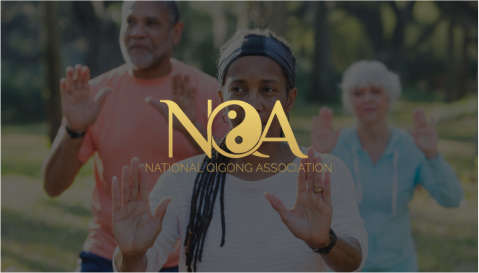Vital energy, life force, also known as Qi in Traditional Chinese Medicine, flows throughout your body and travels along meridians or paths. You can think of them as rivers. Qi longs to be free flowing. There’s a classic Chinese saying:
“With free flow, there is no pain; With no free flow, there is pain.”
In Chinese Medicine, there are certain points close to these meridians where the energy of that channel accumulates.We can apply touch, massage, pressure, light therapy, warmth and even needles (acupuncture by an acupuncturist) to influence the energy of that point or channel.
What is Acupressure & Getting Started
Acupressure is the practice of applying varying levels of pressure through touch or massage to stimulate "acupoints" along the body’s meridians. We can carry this out to help run or create energy.
You can start by asking your Acupuncturist or Traditional Chinese Medicine practitioner which points they would recommend for you as well as their locations. Always remember to be gentle to your body and apply a slow and careful touch.
- Get in an easy position, close your eyes if you prefer and breathe deeply while you enter into your body.
- Bring energy to your hands by rubbing them together to warm them.
- Hold your hand over the general area of the point and let it rest while you take a deep breath. Do you feel any sensations? Maybe some warmth...maybe some buzzing…
- Reach the acupoint till you sense a mild dip or dimple that can determine the point. Sometimes these points can feel tender to the touch.
- When you’re ready, use deep, firm pressure to massage and stimulate each point. You can use your fingers, thumbs, palms, your toes or your heels. Commonly, people use their fingers and thumbs.
- You either circularly rub it or simply hold the pressure until the tissues relax. Typically, 3 pounds of pressure works well without harm for a few minutes.
Pay attention to what’s happening below your fingertips. Most commonly, you will experience warmth and tender on the point. Stay with the point until you experience a switch. Sometimes bruising can occur. Also be aware of your breathing. Slowed breath means that you are about to relax.
Acupressure can be repeated daily to once per week until you notice results. If you are unclear about some things, just ask your Chinese Medicine practitioner. And, if you are pregnant or breastfeeding, consult with your Acupuncturist as some points may be contraindicated.
General Wellbeing Acupressure Points
Below are two excellent points to get you started. As alway, refer to the directions above, and when in doubt, talk with an Acupuncturist for more guided perspective and recommendations.
Stomach 36 (3 Leg Yin): Point of the Sea of Water & Grain “Sea of Nourishment”
photo by Kanpobliss
Benefits:
- Tonifies Qi & Blood
- Strengthens "Wei (protective) Qi"
- Regulates digestive system
Yintang: Hall of Impression
Benefits:
- Calms the Spirit
- Eases frontal headaches
- Transforms congestion of the sinuses
Care Consideration: Just a reminder that the above information is not a substitute for medical care and is not a substitute for medical advice or recommendations from a healthcare provider. This information is not intended to treat, mitigate or cure any disease. That said, we encourage you to connect with an Acupuncturist in your community to learn more about this and other Traditional Chinese Medicine options. If you’ve got questions about Chinese herbal medicine or getting started with an Acupuncturist, feel free to connect with us on hello@mydaolabs.com.

















